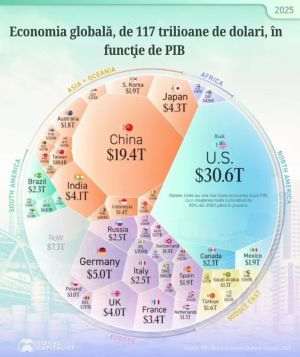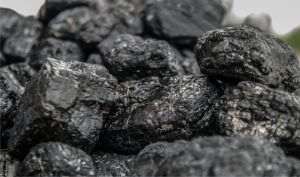• Russian gas Europe's Russian gas imports have shrunk from more than 40% before the war in Ukraine to around 15%, according to the US publication
• US gas exports to Europe have fallen as carriers prioritize higher prices in Asia, Business Insider writes
Europe pledged to cut off Russian natural gas following Moscow's invasion of Ukraine, but is still buying gas from Russia, Business Insider writes.
Europe's monthly imports of Russian liquefied natural gas (LNG) - natural gas that has been cooled into liquid form so it can be transported by ships - remained relatively flat at between 0.85 million tonnes and 1.6 million metric tons, since the invasion of Ukraine, according to Bloomberg data.
It is true that imports of Russian natural gas into Europe have fallen sharply since the start of the war in Ukraine, but the fact that fuel is still being purchased from Russia illustrates the difficulties of giving up Russian gas completely, Business Insider notes. Before the invasion, Europe imported more than 40% of its natural gas from Russia - the largest supplier and a major energy producer - mainly through pipelines. At the end of last year, about 15% of Europe's gas imports came from Russia, about 9% being gas transported through pipelines and 6% liquefied natural gas, the mentioned publication writes.
"This means that there are several member states that have been unable or unwilling to reduce their dependence on Russia and remain extremely vulnerable to Russia's use of energy as a weapon of war," Brookings analysts wrote in a report. from June.
• The United States has stepped up exports of liquefied natural gas to Europe for some time, but shipments have fallen this year
Continued imports of Russian gas from Europe are due in part to changes in demand for the fuel, which has caused many exports from the United States - the world's largest LNG exporter last year - to be diverted elsewhere this year. year.
As of August 2021, the US had for the first time supplied more gas to Europe than Russia, but over time the gap in LNG shipments between the two in European countries narrowed. In July of this year, Europe imported 1.5 million metric tons of LNG from the United States, just slightly more than the 1.3 million tons the region imported from Russia. In January, Europe had imported 5.2 million tonnes of LNG from the US and just 1.5 million tonnes from Russia, according to Bloomberg data.
This is largely due to US LNG carriers sending their cargo to higher-paying regions, namely Asia where prices have been higher than in Europe, which is experiencing hot weather, writes Business Insider.

























































